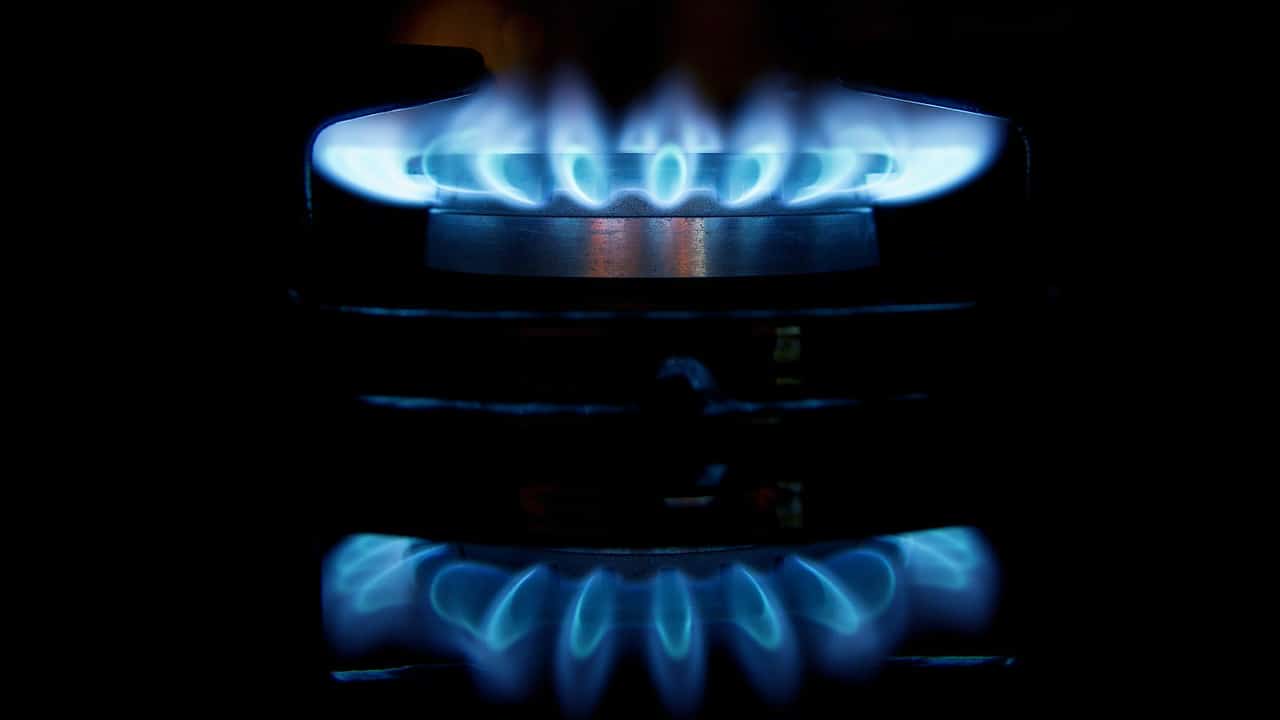When reading a company’s financial statements, I often find the most valuable tidbits of information buried deep within the notes or management discussion sections; while it may be tempting to look only at the basic press release sent out by management, the nitty-gritty details, which can only be found in the full financial statements, carry significant value and can often be glanced over by those wishing to make a quick investment in a company based on high-level multiples or surface-level analysis.
Digging a little deeper into the financial statements of Altagas Ltd. (TSX:ALA), we can see that the company issued $300 million worth of preferred shares on February 22 in a bought deal for $25 per share at a yield of 5%. These shares provided preferred investors with a significant yield at a discount to the current share price, making up for the lost yield difference between the current common share yield of 7.5%.
In mid-June, fellow Fool contributor Kay Ng described why Altagas’s share price was unlikely to exceed $31 for the next 12 months due to subscription receipts handed out to investors, which essentially put a ceiling on how high Altagas’s share price could go within a reasonable range. The argument put forward in the article was that a patient investor willing to accept a dividend yield of 7% (now 7.5%) would be well rewarded in the long run as oil prices moved toward a higher long-term average.
What I’m saying is that the ceiling is actually probably much lower for institutional investors due to the fact that the recent offering sets a much lower threshold for large investors willing to accept the risk profile of Altagas. Those able to snap up preferred shares at $25 are much less likely to go on the open market and buy common shares at $28, even though the yield is higher due to the margin of safety the preferred shares provide (currently a $3 per share buffer). Stock options for employees have also been exercised at the $26.22 level this past quarter, further diluting common shareholders and affecting the company’s share price as new shares are brought onto the market at lower prices.
Additionally, while a dividend cut has not been explicitly put on the table by management, it stands to reason that the 5% yield level is one the company is willing to accept (given that is the rate which has been set for its recently released preferred shares), so extending that logic to a meaningful dividend cut for common shares (should the company’s share price continue to drop toward the $25 level), investors could feel the impact of an implied cut as large as 40% (a 5% yield at $25 per share amounts to $1.25 annually vs. the current dividend payment of $2.10 annually).
Regardless of what happens with respect to the company’s dividend payout moving forward, it appears to me that the only way investors should consider investing in Altagas is through the more attractive avenues: preferred shares or corporate bonds, both of which are currently more attractive than the company’s equity.
Stay Foolish, my friends.









